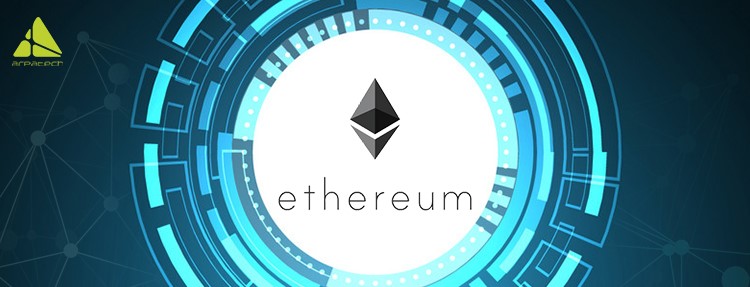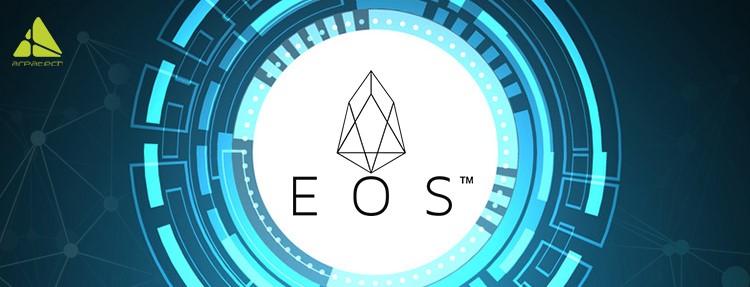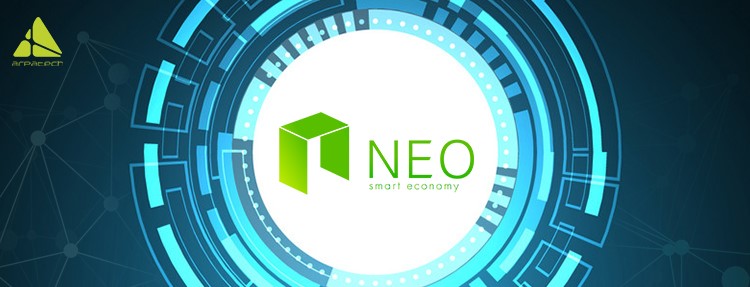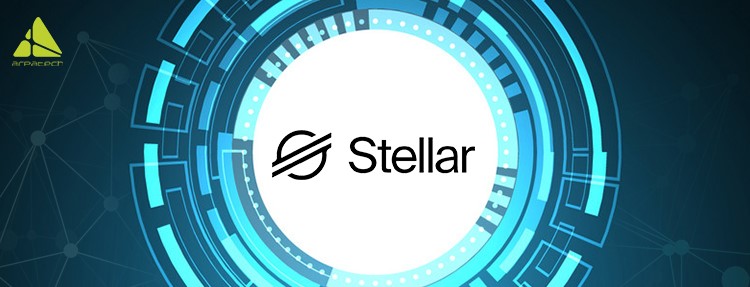Top Trending Open Source Blockchain Platforms in 2019

Today, blockchain is so much more than a ‘concept’ cryptocurrency was built on. So, there are multiple blockchain platforms out there that it becomes quite difficult to choose from the best one for your project.
Blockchain was designed back in 2008 to become a bitcoin-powered technology as we recognize it. Even though it was initially intended to be a public distributor of all transactions for Bitcoin, the technology itself began to live a life of its own. This technology now powers smart contracts, decentralized applications, alternative cryptocurrencies, etc. Facebook is daring enough to join the cryptocurrency trend which will allow its billions of users to make financial transactions across the world. Libra i.e. Facebook’s cryptocurrency is expected to get released by the first half of 2020.
We’ve put together a list of top trending open-source blockchain platforms to help you determine which strategy is best for your company or your next project.
Ethereum
- Network Type: Public & Permission less
- Platform Written in: C++, Ruby, Rust, Go, Haskell, Java, JavaScript, Python, Elixir, Erlang
- Usage Cost: Pay in Ether to execute smart contracts
- Applications Written in: Solidity (JavaScript-like), Serpent (Python-like), LLL (Lisp-like), Mutan (Go based)

Ethereum ruled the blockchain landscape as the developers’ platform of choice when it comes to developing blockchain apps. It’s an open blockchain platform that enables anyone to create and run decentralized apps on blockchain technology. Much like Bitcoin, no one can own or control the Ethereum platform. It is entirely based on the Ethereum Virtual Machine (EVM) that provides the run-time environment for smart contracts constructed on Ethereum. So, each node on the Ethereum runs on the EVM. Ethereum’s has its own cryptocurrency called Ether. As it is a public platform, it’s made on limited access.
EOS
- Network Type: Public & Permissioned
- Platform Written in: C++
- Applications Written in: Rust, C, C++
- Usage Cost: Paid by contract owner by staking EOS

EOS is one of the most secure and easy techniques through which people buy, exchange, and trade data-sets on smart contracts. It is rated among the leading blockchain platforms. It is a smart-contract enabled blockchain network for installing and running decentralized applications. Just like Ethereum, it is also a public network, which means anyone can create an account and submit their transaction to the network. However, the difference lies in the consensus algorithm. It provides decentralized application’s hosting, smart contract capability, decentralized storage of enterprise blockchain apps and resolve scalability matters with Bitcoin and Ethereum.
Furthermore, it doesn’t charge any additional fees while accomplishing consensus using multi-threading and delegated proof of stake algorithm.
Hyperledger Fabric
- Network Type: Private & Permissioned
- Usage Cost: Open-source
- Platform Written in: Go
- Applications Written in: Java, Go, Node.js

Hyperledger Fabric is another open-source blockchain devised for business requirements, part of the overarching Hyperledger Project. It was initiated by the Linux Foundation in 2015, the Hyperledger Project is designed at developing high-performing distributed ledger technologies to empower cross-industry collaboration. Using a modular approach, it is designed to build blockchain applications which allow network designers to connect to the components of their choice, such as consensus mechanism, and membership services. Such architecture modularity varies between Fabric and other blockchain platforms. It is made for permission network, allowing only known identities to take part within the system.
R3 Corda
- Network Type:Private & Permissioned
- Usage Cost: Yearly membership + cost per transaction
- Platform Written in: Kotlin
- Applications Written in: Java, Kotlin

R3 Corda is an open-source blockchain platform which was founded back in 2015. It hosts applications in various sectors including finance, healthcare, government organizations, insurance, and digital assets. Moreover, it can manage the legal contracts and sensitive shared data between mutually trusted organizations. Since it is a permissioned network, even the authorized participants have access to the specific data-sets only, which results in improved privacy with its access control for digital records. Written in Kotlin, it demonstrates a high level of integration with prevailing business infrastructure.
NEO
- Network Type: Public & Permission less
- Usage Cost: Transaction fees paid in GAS (GAS is generated by holding native currency NEO)
- Platform Written in: C#
- Applications Written in: C#, Java & Python

Neo is a smart contracting open-source platform network that uses blockchain smart contracts for managing digital assets. Although Neo is substantially smaller than Ethereum by market capitalization, it is often contrasted with it in terms of a number of similarities. Launched back in 2016, it has rooted itself in China and is on its way to setting the ground in Asia. Furthermore, it has its own native currency called “Neo” which helps you pay transaction fees to run your app on the Neo network.
Quorum
- Network Type: Private & Permissioned
- Usage Cost: Open-source and free to use
- Platform Written in: Go
- Applications Written in: Solidity

Quorum is one of the first open-source blockchain platforms put forward by J.P. Morgan and it is among the top priority of the large and well-established businesses. It is a private enterprise fork of Ethereum, targeting the financial sector. Due to the decentralization and privacy principles, it is supported by majority of developers. Resolving all the issues of privacy of records on the digital platforms that other blockchain platforms failed to handle, it wins over other blockchain platforms. Apart from having an innovative graphic design interface, Quorum uses the majority voting consensus system for smart contracts, which some prefer owing to the user interaction needed.
Stellar
- Network Type: Public & Permissioned
- Usage Cost: Fixed per transaction, paid in XLM
- Platform Written in: C++, Go, Java, JavaScript, Python, Ruby
- Applications Written in: Java, JavaScript, Go, Python

Stellar is a blockchain platform which is designed to facilitate valuable cross-asset transfers. It is a decentralized payments protocol which provides near-instant cross-border transfers between fiat and digital currencies. With Stellar developers allowed to develop smart devices, banking tools and mobile wallets are on the top of Stellar Blockchain Network. Steller is known as an industry leader and the most preferred platform for developing complicated financial applications because of its heavy focus on payments and easy-to-learn development environment. Stellar Consensus Protocol (SCP) makes it possible to achieve consensus without depending on the closed system to record financial transactions.
Latest posts by Moiz Khan (see all)
- How to Use AI to Enhance your SEO Strategies? - August 31, 2023
- What You Need to Know About Test Automation in DevOps - August 30, 2023
- 6 Cloud Computing Challenges That Businesses Need to Be Aware of - August 22, 2023

 Careers
Careers


